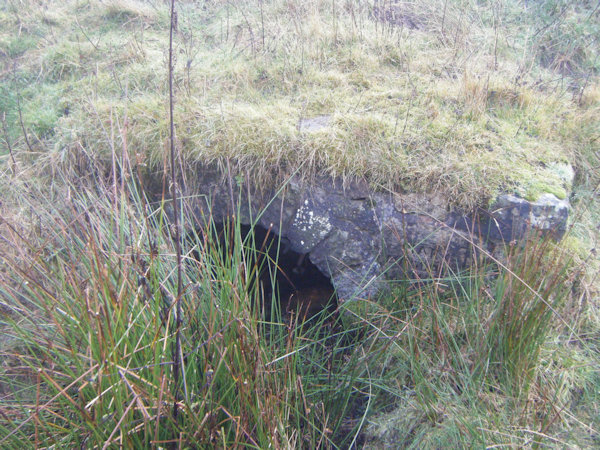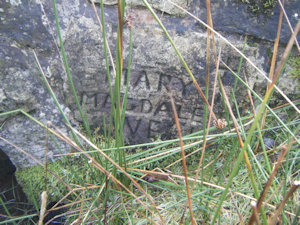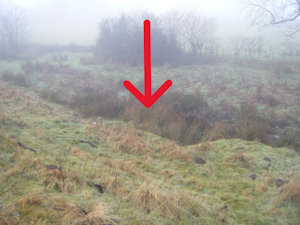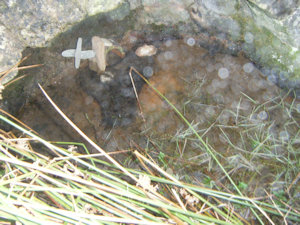 |
Dedication: Saint Mary Magdalene Location: Lastingham Coordinates: 54.304100N, -0.890678W Grid reference: SE722904 Heritage designation: none |
HOME - ENGLAND - NORTH RIDING
 |
Dedication: Saint Mary Magdalene Location: Lastingham Coordinates: 54.304100N, -0.890678W Grid reference: SE722904 Heritage designation: none |
St Mary's Well is one of Lastingham's four holy wells, although it is the only one that still produces a fresh supply of water. Whilst the origin of the well's dedication is not exactly clear, there was, up until the 1860s, a medieval chapel at Appleton-le-Moors that was dedicated to Mary Magdalene, which would have been located roughly two miles from the well.
Although the precise age of the well is not known, it probably dates from the time of St Cedd's Celtic monastery. Pot sherds dating from both the late Roman or early Saxon period, and from the 12th and 13th centuries were discovered in the well when it was cleaned out in 1964. These may have been thrown into the well as offerings, and the early pottery suggests that it may have originally been a pagan sacred spring that was Christianised by Cedd. The discovery was documented in volume 41 of the Yorkshire Archaeological and Topographical Journal soon after the event:
|
St Mary Magdalen's Well. H. Frank dug out this well in the spring of 1964. It was choked by grass and rubbish and had become a mere drain. He exposed some stonework and a roughly worked stone trough into which the water trickled. Potsherds from round the spring dated from the 12th to 13th century... |
No traditions associated with the well have been recorded, although there almost certainly were some, and the well was probably a popular destination for pilgrims to the shrine of St Cedd at Lastingham. The well has always been marked and named on Ordnance Survey maps.
In 2000, the well was "renovated", and the stone trough, which was probably medieval, was removed and replaced by the current stone chamber that houses the spring. The only part of the old structure that survives is a rectangular stone (which has been built into the new structure) onto which the words "Mary Magdalene Well", accompanied by a small cross, have been carved. The spring now rises in a relatively small arched recess that is covered by grass and is therefore impossible to spot from above. When I visited in December 2024, the ground around the well was rather marshy and the spring was producing a decent amount of water.
 |
 |
 |
|
Access: The well can be found beside Anserdale Lane, on a small patch of unenclosed land; it is exceptionally difficult to see from above. |
Copyright 2025 britishholywells.co.uk